- Joined
- May 19, 2014
- Messages
- 70
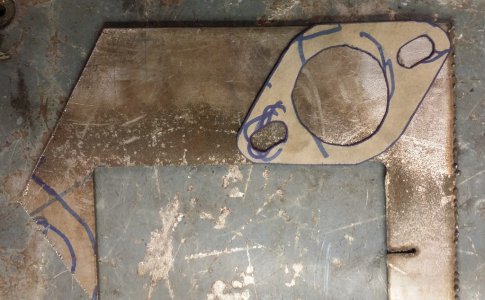
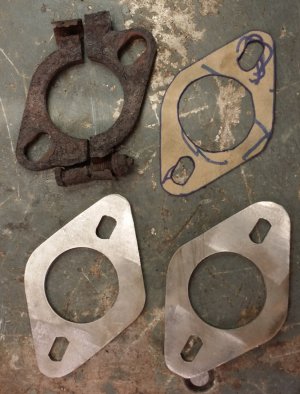
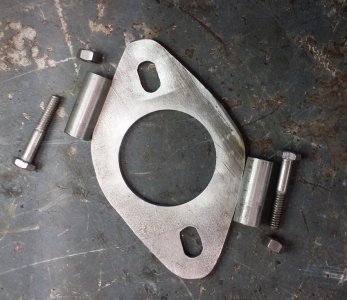
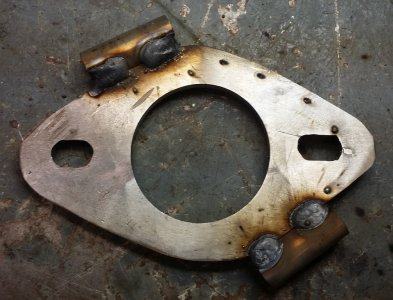
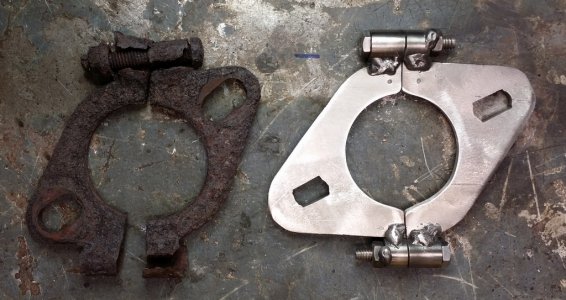
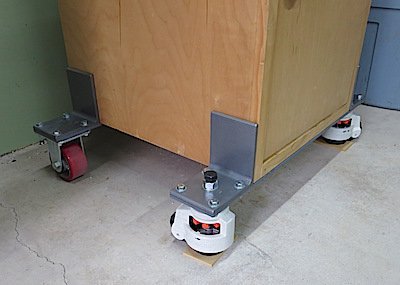
I have solution for that. I dump the stacks in boxes. I still never sort the boxes, but they appear neater until you look inside.It is the law of horizontal surfaces, John. Relentless and immutable.
The last cat I had helped me keep my desk a little neater. Any pile that got too high, she climb on top of it for a nap and knock it over. Otherwise, I would never sort stacks.
Franko, why not jack it up and then lower it down on some solid blocks or tubes with an end plate, the blocks being inside of the castors .. that will once and for all show you where the movement occurs. It might be the flexing of the steel grey mounting frame causing you problems as well as the wheels in the castor frame One thing you don't appear to have made clear is....was the machine running or not ?Tom, the cabinet is very solid. The movement I'm seeing is the feet inside the caster housing. It is very obvious.
